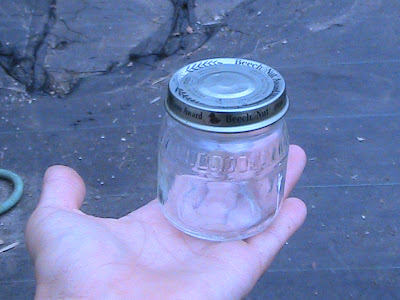Today we harvested for the
Thursday Armory Square Park Farmers' Market. Rich has expanded me and Patricia's internship duties to be self-instructed and intuitive- this means that we are harvesting and completing tasks without verbal communication. At this point we have learned what needs to be done based on the day of the week. It is exciting to have Rich ask at some points if we have harvested something, and for us to reply, "Already done, boss." Sean encouraged us to call Rich, "boss" to push his buttons a bit- he likes to think of us as more of a team.
A "new" perennial flower has bloomed at the farm, raising eyebrows and adding an interesting twist to the flower arrangements.

No one knew what it was called, so I looked it up, and turns out it is a "
White Bellflower." Gorgeous.
The wildlife of Providence seems to seek refuge at City Farm... We have a problem with
feral cats sneaking into the farm- I did not think that they could pose such a big problem, but they managed to scale the greenhouse roof, tearing a hole in the plastic... a tedious revamping of the greenhouse was needed as a result (this was back in spring). They also cause mischief by hunting birds, some of which may be a part of depleted species.


Anyone know what kind of bird this is?
The
Cercospora Leaf Spot seems to have subsided. Rich has been continuously cutting off infected leaves and feeding them to the chickens- the dry weather lately has helped to decrease the spread and survival of this fungus as well.

Ruby Red Chard, recovering well!

Still a couple of spots..
I helped set up the market a bit today. For the Thursday market, City Farm participates in a
co-op style arrangement with
Red Planet Vegetables and
Front Step Farm. This means that each farm agrees to bring a certain amount of produce for the stand and then the farmers can interchange the responsibility of working each market.

Than (from Front Step Farm on Westminster Street), sets up his raspberries for the market.
Other news...

We are bringing
Green Concord Grapes to the Saturday Market now!!























